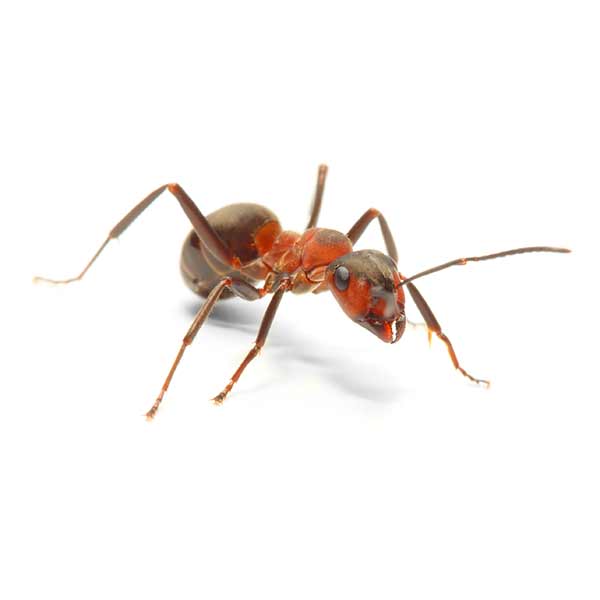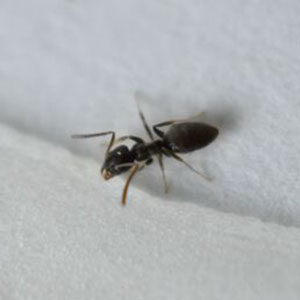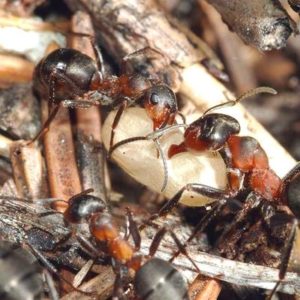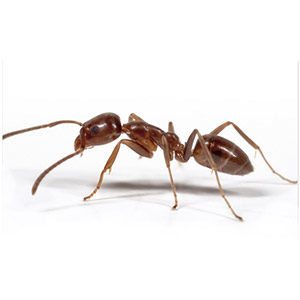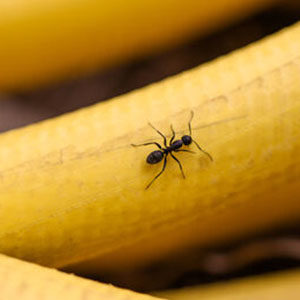Description
| Size | 4-8 mm |
| Characteristics | Large heads with powerful jaws. Typically red and black in color. |
| Legs | 6 |
| Antennae | Yes |
| Wings | Reproductives have wings. |
| Habitat | Creates large mounds out of sticks, leaves, pine needles, and other organic materials. These mounds can measure over 2 feet tall by 4 feet wide. |
| Habits |
|
| Thatching Ants in the Pacific Northwest | Thatching ants are large and stocky pests that are common throughout the Pacific Northwest. These ants are most known for building sizeable mounds out of organic debris such as pine or fir needles and small twigs. However, thatching ants have also been known to nest inside of decayed logs. Once these ants have established a home, their colony can last for years and contain thousands of individuals. Thatching ants typically consume insects such as beetles or dead moths, and they generally have a positive impact on the environment by eliminating harmful species. |
| Thatching Ant Habitat | Also commonly referred to as “mound ants”, thatching ants are famous for building large and unsightly mounds out of natural materials. These mounds are often full of tunnels, which they can use to carry their prey through. Since the mounds are so large, they can be a major eyesore for homeowners that are dealing with an infestation. Before the nest is fully constructed, thatching ants may also reside inside of decomposing trees or damp soil. |
| Thatching Ant Behaviors, Threats, and Dangers | Though thatching ants are known for having a positive impact on the ecosystem by controlling insect populations, they can be unwelcome guests if they infest too close to a home or yard. Thatching ants are an aggressive species that deliver a painful bite. These ants also often spray attackers with a harsh chemical called formic acid, which may cause blisters to humans or household pets. Additionally, thatching ants can destroy plants, seedlings, and fruit buds, which makes them particularly bothersome in yards. If you spot the signs of thatching ants in or around your property, it may be a good idea to call a professional ant exterminator. |
